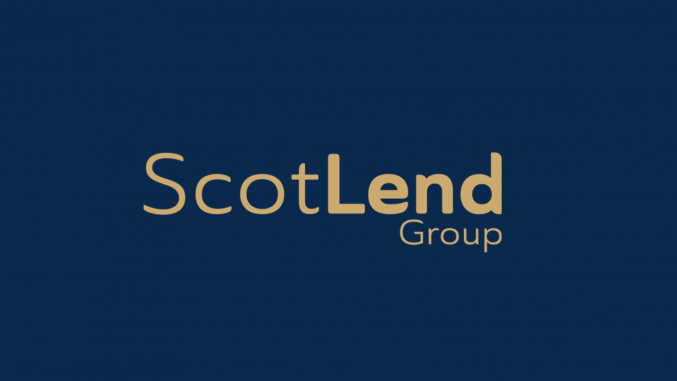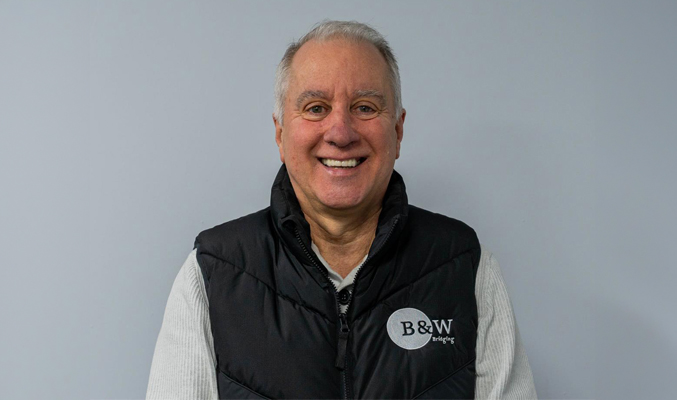The “E” in ESG: What it means for bridging lenders
By Hannah Duncan

As Mark Carney famously said in COP26, “Achieving the climate goals will require all forms of finance”.
This most definitely includes bridging loans! Straddling two of the most carbon intensive industries in the world – finance and construction – we urgently need bridging lenders to play their part.
This can be easier said than done, and bridging lenders often come into the chain towards the end of the transaction and have limited scope to change things.
In this article, we’ll uncover the essentials of lending for the environment, and hopefully spark some creative ideas!
ESG means Environmental, Social, Governance
Many companies splash the buzzword “ESG” around. A LOT. Even when it’s not really merited.
ESG stands for “Environmental, Social, Governance”. To be an “ESG company”, the firm must contribute to one or more of these generic themes as part of the ordinary running of their business. – Usually by cutting out bad things like unnecessary waste or carbon emissions and improving other processes.
Schemes or projects which are NOT a part of the business model don’t count. Even if it’s beneficial for the planet.
An airline company couldn’t call itself ESG just because it’s phasing-out single-use straws. Of course not. (Although some have tried!) Obviously phasing out straws wouldn’t make up for the millions of tonnes of carbon emitted by planes every day.
Likewise, a bridging lending firm with has a cycle-to-work scheme or encourages video meetings, isn’t “ESG”. If you see a firm calling itself “ESG” for reasons like this, it’s a major red flag and usually a sign of (often unintentional) greenwashing.
The problem of greenwashing has become so bad and so dangerous, lawmakers are now getting involved.
The space has become regulated… and it’s gaining momentum
When it comes to the “E” in ESG there are some special rules for those in the finance and investment industry – including bridging lenders. Many of these rules are now enshrined in law.
The EU Taxonomy sets out some firm boundaries for what counts as “Environmentally Sustainable Economic Activities”. This means that bridging firms cannot call any activity “environmental” in communications or marketing. It needs to be substantiated.
According to the regulation, environmentally sustainable economic activities must meaningfully fulfil at least one of these objectives without harming any of the others.
- Climate change mitigation
- Climate change adaption
- The sustainable use and protection of water and marine resources
- The transition to a circular economy
- Pollution prevention and control
- The protection and restoration of biodiversity and ecosystems
You can read the full definitions in the EU Taxonomy Regulation. This legislation is becoming replicated around the world as a kind of blueprint – including in the UK.
As time passes, we’re seeing many more regulations designed to stamp out greenwashing too. Some of these include the CMA’s Green Claims Code, CAP & BCAP codes and the FCA is drawing up anti-greenwashing proposals at the time of writing.
What are bridging lenders doing?
As Mark Carney stressed, we need innovative thinking across all areas of finance. And, despite the limitations of bridging loans, we’ve seen some exciting environmental initiatives take root over recent years.
Some – such as underwriting modular housing and creating circular business models – are as delightfully impactful as they are creative.
One of the most sincere and meaningful ways to make a difference is by learning about sustainable technologies and construction methods. The more we embrace them, the more they will become normal.
Some bridging lenders truly are becoming leaders in the space, and they’ll surely reap the benefits.
Check out our snappy guide to modular lending
Other lenders have gone down a more traditional route, offering a “green” product centred around making the building more energy-efficient.
While this is certainly a step in the right direction, it doesn’t do anything to solve the 7.7-12.7 million tonnes of construction waste thrown away annually[1].
It also doesn’t conquer any of the greenhouse gases released during construction. Building an average home in York for example emits around 68 tonnes into the atmosphere[2].
That’s about the same amount as heating 25 homes for a year[3]. So, the environmental benefit is still overshadowed by the damage.
As you can see, it’s debatable if these product lines are truly “environmental”. According to the legal definition above, environmental products need to meaningfully contribute to one of the objectives, like climate change mitigation.
While at the same time, they cannot harm any of the others. Building houses – even energy efficient ones – still slaps pollution prevention and the protection of biodiversity right in the face. Realistically, these product lines shouldn’t be labelled as “ESG”.
Meanwhile some other companies have made very, very small steps. These include things like paperless lending. Truthfully, it’s debatable if this does much for the planet, as the documents are stored in carbon-intensive data centres instead.
Most often, this is more of a convenience for the customer than the environment. There are many examples of greenwashing in the industry which lenders and borrowers should be wary of.
If someone is using the term “ESG” for things like energy-linked-loans or cycle-to-work schemes, they’re probably greenwashing.
Interested in more red flags? Discover our 10 ways to kick out greenwashing

Hannah Duncan is a freelance writer with a passion for finance, sustainable investing and fintech. She loves writing engaging content for industry magazines and investment services, as well as keeping a personal blog at www.hdinvestmentcontent.com
[1] Source : Construction Leadership Council
[2] Source : Green Ration Book










You must be logged in to post a comment.